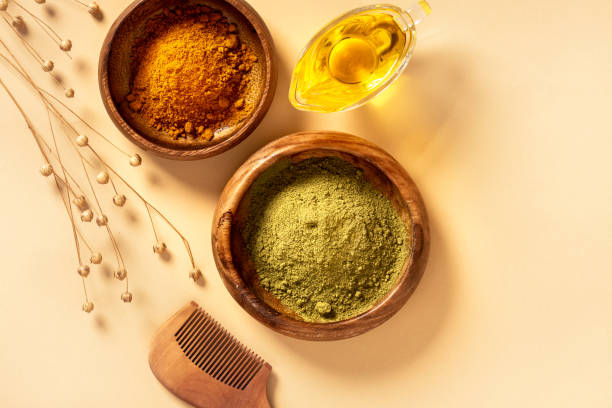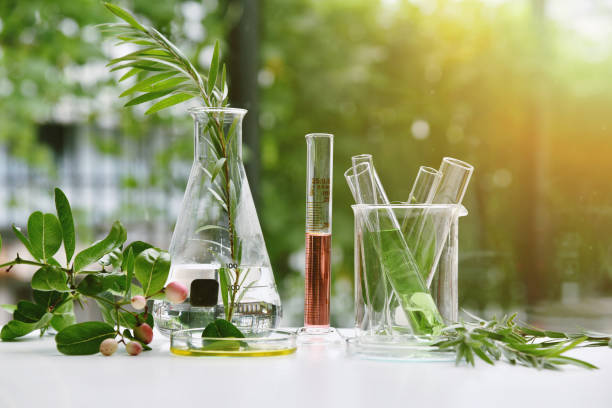
There are several factors to consider when selecting raw materials for natural cosmetics. These factors include Physicochemical properties, Sources, and Sustainability requirements. The next step is to choose specific raw materials based on their specific functionality. In addition, each ingredient is tested extensively before being used in a product. Each ingredient reacts differently with others, with the atmosphere, with temperature and light, and with the skin. While natural substances are generally safe, there are some that can be itchy, reactive, or even harmful.
There's been a rise in "returning to nature" in the last few years. After experiencing the negative effects of chemical synthetic ingredients, people have a sense of faith in natural herbs that makes the expansion of the plant extract industry quick and inexhaustible. The creation and growth of functional foods and beverages made from extracts from plants as raw materials has become an issue of interest in a variety of countries. In terms of the market is focused, the market for exports for its plant products is stable. United States, Japan, and France have been the major market for the plant extracts. To learn more information about health, you must check out biolyphar site.
Physicochemical properties
The preparation of cosmetic products involves many steps, and the choice of natural raw materials is an important part of that. These materials should be of homogeneous consistency, and the ingredients must complement each other in order to deliver the desired results. This is true for both synthetic and natural preparations.
Sources of raw materials
One of the most important factors in the formulation of cosmetics is the nature of the raw materials. Natural raw materials are those that are extracted from natural sources and have diverse properties and composition. They may be obtained by filtration, extraction, distillation, milling, or drying. Many of these ingredients retain the nutrients and vitamins they originally contained.
Sustainability requirements
When choosing raw materials for natural cosmetics, you should be careful to choose sustainable sources. Sustainable sources have certain attributes such as low environmental impact, social responsibility, and economic efficiency.
Plant extracts
Plant extracts are increasingly used in cosmetics to improve the appearance and health of the skin. These ingredients are known to reduce oxidative stress in the skin and may also help to prevent aging. This interest in natural ingredients is not likely to go away anytime soon.
Petrolatum
When buying natural cosmetics, the first thing to consider is where the raw materials come from. While most natural cosmetics are made with natural ingredients, some contain chemicals that can be harmful to your skin. You should look for natural ingredients that are extracted through natural processes, such as filtration, extraction, drying, pressing, milling, and distillation. You should also check to make sure that the raw materials are not genetically modified or contain substances from dead animals. Ideally, you will be able to find cosmetics that contain fewer than 5% synthetic ingredients.

Paraffin
The first step in making natural cosmetics is to choose the raw materials that will be used in the formulation. Each raw material has a specific functionality, so it's important to choose them carefully. Before selecting them, you should consider their compatibility with other ingredients and the environment they will be exposed to. Some ingredients may also be reactive, itchy, or poisonous, which is why you should make sure to research them before making a final decision.
Conclusion:
When shopping for natural cosmetics, it is important to stay informed about the ingredients used in the products. Look for ingredients that have been extracted through natural processes and avoid chemicals and genetically modified materials.